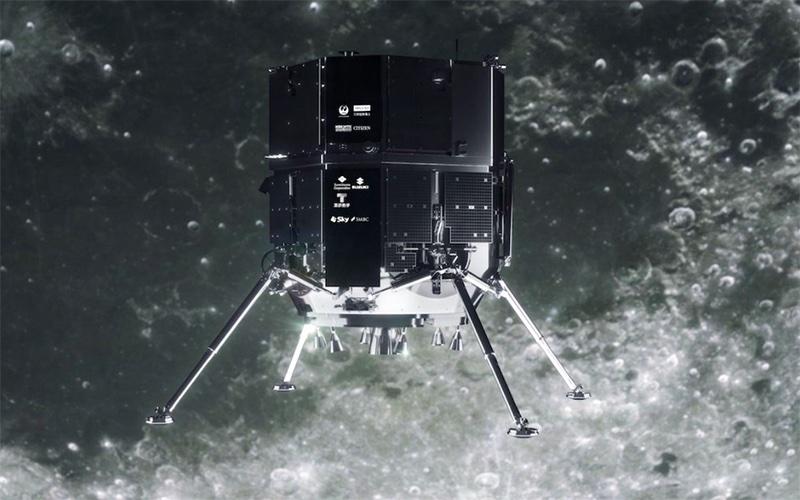
Ispace sees lunar orbit insertion as practice for deploying satellites around the Moon.
After a controlled burn lasting several minutes from its main propulsion system, ispace’s Hakuto-R Mission 1 lunar lander entered the Moon’s orbit on March 21.
The lunar orbit insertion maneuver was the longest burn by the propulsion system of the Series I lunar lander, the Tokyo-based company said on March 21. Launched in December, the spacecraft has performed as designed over the past three months, ispace says.
Ispace is aiming to have its Series I lander become the first commercial uncrewed lunar lander to touch down safely on the Moon. In addition to launching lunar landers, the company aims to deploy satellites around the Moon.
“The successful insertion of the lander into lunar orbit is an important step toward the establishment of a payload transportation service, as it demonstrates that ispace is capable of transporting customer payloads to orbit around the Moon,” the startup says. “Future ispace missions will involve deployment of satellites into lunar orbit.”
Ispace says it is negotiating with multiple companies for transporting payloads to the lunar surface, as well as carrying payloads to orbit around the Moon.
The startup is planning a second lunar lander mission in 2024. Via that spacecraft, it plans to deploy a rover for surface exploration and data collection on the Moon.
As part of “Mission 3,” ispace plans to inject two communications satellites into a lunar orbit to relay data from a landing site on the far side of the Moon. Experience from this initial lunar orbit insertion will guide that future mission.
Ispace plans for its Series I spacecraft to land on the Moon around the end of April, though specific timing of the event has yet to be announced.
Ahead of its attempted lunar landing, ispace plans to list its shares on the Tokyo Stock Exchange Growth Market on April 12. It was recently approved to list 19,935,200 of its shares. The price of those shares will be determined on April 3.
Ultimately, the company sees transporting equipment to support the “hydrogen value chain”–hardware to find water, and support the deconstruction of water into hydrogen and oxygen using electrolysis–on the Moon as big business. In November, its chief financial officer told Aviation Week that the company expects to generate several hundred million dollars in annual revenue within five years and estimates that revenue could near $1 billion within 10 years.
